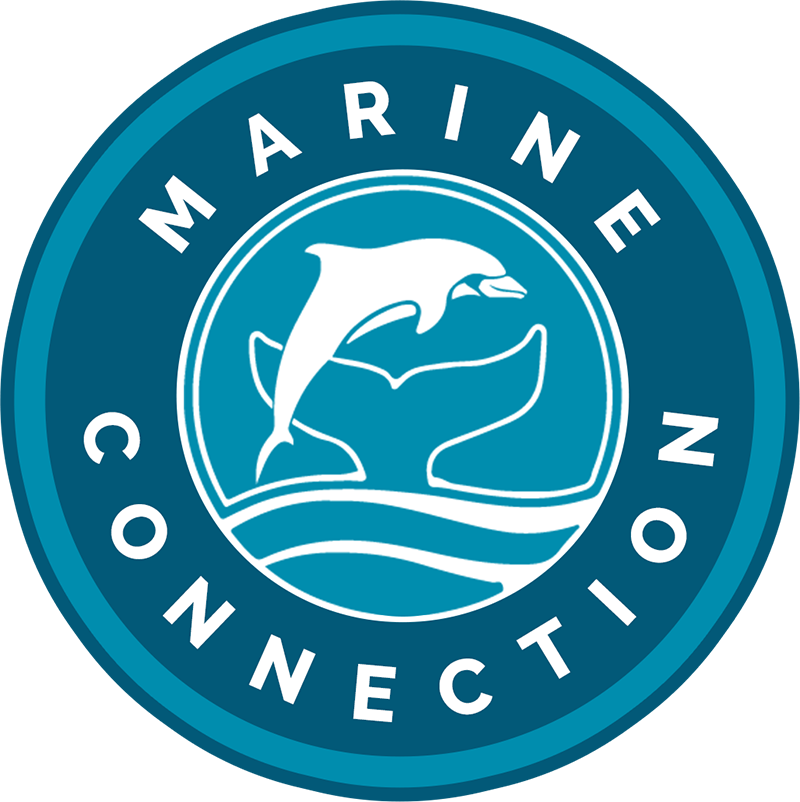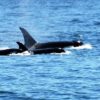
Marine Connection is often asked its opinion on what can be a life-changing experience – watching dolphins and whales in the wild. This is a difficult balance to strike, as a charity against the keeping of cetaceans in captivity, we would encourage people to see them in the wild, however, the impact that the growing industry has on dolphins, whales and their environment must be considered from a welfare point of view.
Organised whale/dolphin watching is big business and growing annually. In popular cetacean watching areas around the globe, guidelines exist which aim to give guidance to boat operators and some protection to the animals (including WiSe – the UK’s national training scheme aiming to minimise disturbance to marine wildlife, which can be found on page 60 of our Lone Rangers report). However, monitoring the number of boats, speeds and distances operators travel to encounter cetaceans in the open ocean is difficult to do. Even following regulated guidelines, there is little doubt that the growing number of boats taking people out to see cetaceans can impact their natural behaviours; such as rearing calves, socialising, feeding and resting and also lead to accumulated stress, which can endanger the welfare of individual animals and threaten populations as a whole.
Whale and dolphin watching undoubtedly is the best way for the public to gain an appreciation of these marine mammals in their wild state, and help create an understanding of their physiological and social needs, highlighting just why these large-brained, sentient, wide-ranging mammals do not belong in confinement for public display, but this must be done responsibly. In areas where cetacean watching is in place, we would support limiting the number of operator licenses being issued, and greater provision for monitoring. Lastly, wherever possible, we suggest that people watch safely from land – the option that causes less impact, on both the marine environment and cetaceans.



